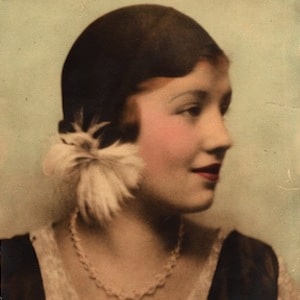When it comes to planning a wedding, few decisions are as delightful as choosing your manhattan wedding cakes. After all, what could be better than sampling slice after slice of delicious manhattan wedding cakes? As eager as you may be to let the taste testing begin, taking time to envision the manhattan wedding cakes of your dreams will give you the sweetest results.
Since, ideally, you should order the manhattan wedding cakes six months before the wedding, it’s best to start considering what you would like soon after you’ve chosen your reception site and the style of your wedding. It may help to look at photographs in magazines and books or online for inspiration. Think about the look and the flavor you desire to help narrow your focus. Have you always wanted a pristine white cake? Or maybe you love strawberry filling. The ideas you find may help you come up with creative ways to incorporate your favorites so they fit your manhattan wedding.
The manhattan wedding cakes design should match the aesthetic of the day. A formal wedding generally calls for a structured, multitier cake; it can be elaborately or simply decorated, so long as its style implies something ceremonial and grand. These cakes are often round, but square or even hexagonal shapes are more unexpected — and the tiers can be stacked for a solid look or set on pillars for an airy grace. White is the classic color for a wedding cake, but chocolate and tinted frostings can be just as elegant. For a less formal wedding, you can certainly embrace the unconventional. The cake can be iced playfully with swirls of meringue or strewn with flower petals that fall where they may. Or you can forgo a single cake altogether and opt for a trio of smaller cakes or even cupcakes, doughnuts, or pastries displayed on tiered cake stands for an impressive effect.
Details and motifs from the wedding can influence the appearance of the manhattan wedding cakes.
ABOUT US

Founded in 2000 by Deborah Lauren, City Sweets & Confections is a couture cake
art studio that specializes in creating beautiful and unique wedding cakes.
We believe that a wedding cake should be an incredibly delicious, unique work of art.
We offer custom designed cakes because your wedding cake should be as unique as you are. We are where art and cake connect.
Special thanks to my Grandmother Natalie who loved me as much as she did cake!
Contact Us
Founded in 2000 by Deborah Lauren,
City Sweets & Confections is a couture cake art studio that
specializes in creating beautiful and unique wedding cakes.
The contemporary wedding cake has grown out of several different ethnic traditions. One of the first traditions began in Ancient Rome where bread was broken over the bride’s head to bring good fortune to the couple.[2] Wedding cake was originally a luxury item, and a sign of celebration and social status. The bigger the cake, the higher the social standing. Wedding cakes in England and early America were traditionally fruit cakes, often topped with marzipan and icing with tiers, Cutting the cake was an important part of the reception. White icing was also a symbol of money and social importance in Victorian times, so a white cake was highly desired.[3] Today, many flavors and configurations are available in addition to the traditional all-white tiered cake.[4] In Medieval England cakes were stacked as high as possible for the bride and groom to kiss over. A successful kiss meant they were guaranteed a prosperous life together.[2] From this the Croquembouche was created. The myth behind this cake tells of a Pastry chef, visiting Medieval England who witnessed their tradition of piling sweet rolls between the bride and groom, which they attempted to kiss over without knocking them all down. The pastry chef then went back to France and piled sweet rolls up into a tower to make the first Croquembouche. The modern croquembouche is still very popular in France, where it is now common to place the croquembouche tower on a bed of cake and make it a top tier. This traditional French wedding cake is built from Profiteroles and given a halo of spun sugar.[5] In 1703, Thomas Rich, a baker’s apprentice from Ludgate Hill, fell in love with his employer’s daughter and asked her to marry him. He wanted to make an extravagant cake, so he drew on St Bride’s Church, on Fleet Street in London for inspiration.[6] Later history
